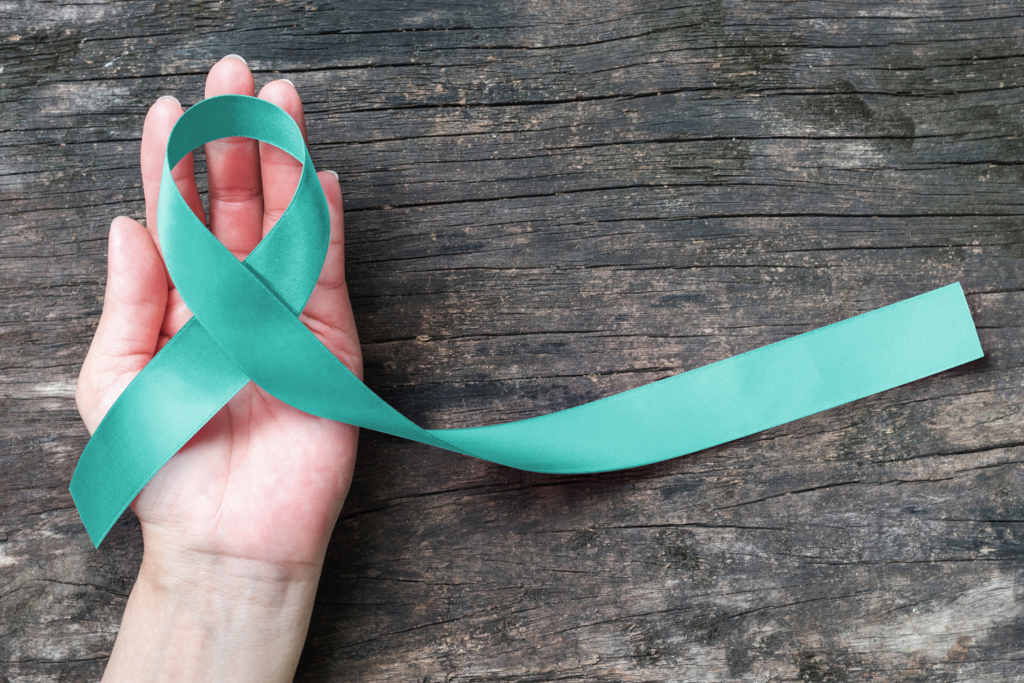PCOS Awareness Month: Understanding an Underdiagnosed Health Concern
Aging is often associated with wisdom, maturity, and a certain grace that only experience can bring. However, with age comes the realization of how intricacies in our body can affect our health journey. Polycystic Ovary Syndrome (PCOS) stands as a testament to this, influencing a substantial number of women, even as they traverse the age of 40 and beyond.
1) Symptoms of PCOS
Polycystic Ovary Syndrome, more commonly recognized as PCOS, has been defined as a hormonal imbalance that predominantly affects women. The symptoms, much like a chameleon, can change and adapt, varying in intensity and type for each individual:
- Irregular Periods: A hallmark of PCOS, menstrual irregularities can range from extended menstrual cycles, making periods far apart, to missed periods.
- Heavy Bleeding: When menstruation does decide to make its appearance, it may come with a heavier flow than one is accustomed to, making it not just a physical but an emotional ordeal.
- Excess Androgen: The body can sometimes become a theater for hormonal imbalances, and in the case of PCOS, elevated male hormones can manifest physically. This often translates to excessive facial and body hair, acne that defies the general conventions of age, and even a pattern of baldness that aligns with male tendencies1.
- Polycystic Ovaries: Going beyond the superficial, the very machinery of reproduction, the ovaries, may get affected. Fluid-filled sacs or follicles can envelop the ovaries, leading to them not releasing eggs on a consistent basis.
- Fertility Concerns: Conception can become a mountainous task due to irregular ovulation, making PCOS one of the leading causes of fertility issues in women.
But symptoms don’t end here. Many women also report weight gain, patches of thickened skin, and even sleep apnea.
2) The Underdiagnosis of PCOS: A Silent Concern
Despite the vivid symptoms, PCOS remains a condition that often slips under the radar. The variety in its manifestations makes it an elusive diagnosis. For instance, weight gain might be dismissed as a result of lifestyle choices or age. Acne might be considered a skin issue rather than an underlying hormonal concern. The tapestry of symptoms that PCOS paints can easily be misinterpreted as individual threads of unrelated issues.
Moreover, societal norms and expectations come into play. Symptoms that defy the societal definition of ‘feminine’, such as excessive body hair, can be a source of embarrassment, leading to hesitancy in seeking medical advice2.
3) PCOS and the Gateway to Diabetes: The Myoinositol Solution
The ripples of PCOS extend beyond reproductive health. The syndrome is a signpost indicating a higher risk of developing type 2 diabetes. This intersection arises due to a common antagonist: insulin resistance.
However, every problem beckons a solution, and in the case of PCOS-induced potential diabetes, myoinositol emerges as a beacon of hope. A sugar alcohol by nature, myoinositol has showcased potential in enhancing the body’s sensitivity to insulin3. By bolstering the efficiency of insulin operations in the body, myoinositol can stabilize blood sugar levels, presenting a viable strategy to counteract diabetes risk among women with PCOS.
4) The Tangle of PCOS and Insulin Resistance
Insulin resistance isn’t just a side character in the story of PCOS; it’s a principal antagonist. This condition, wherein the body’s cells snub the insulin hormone, results in a surplus of insulin in the bloodstream. This abundant insulin can, in turn, instigate the ovaries into producing an excess of androgens like testosterone4.
It’s a vicious cycle. As male hormone levels rise, they further fuel the symptoms of PCOS. On the other hand, the body, sensing the inadequate response to insulin, pushes for more insulin production, perpetuating the cycle.
5) PCOS and the Hormonal Ballet
At its core, PCOS is a disarray of hormones. Beyond the already discussed androgens, other hormonal actors like luteinizing hormone (LH) and follicle-stimulating hormone (FSH) join the fray. An increased LH production can coax the ovaries into producing even more testosterone, leading to exacerbated PCOS symptoms. In tandem, an imbalance in the LH and FSH ratio can obstruct the growth and maturation of follicles in the ovaries, impacting ovulation and, by extension, fertility5.
Conclusion
As the curtains draw on PCOS Awareness Month, it becomes evident that awareness isn’t just about knowing a condition exists; it’s about understanding its depth, its ramifications, and its management. PCOS, with its intricate web of symptoms and effects, underscores the importance of holistic health awareness. For those in the age bracket of 40 and beyond, such knowledge isn’t just power; it’s a pathway to enhanced well-being.
Footnotes
- Mayo Clinic: Polycystic ovary syndrome (PCOS) ↩
- PCOS Awareness Association: Why PCOS is Underdiagnosed ↩
- National Institutes of Health: Myoinositol in patients with polycystic ovary syndrome: A novel method for ovulation induction ↩
- EndocrineWeb: PCOS and Diabetes, Heart Disease, Stroke… ↩
- Verywell Health: The Role of Hormones in PCOS ↩



